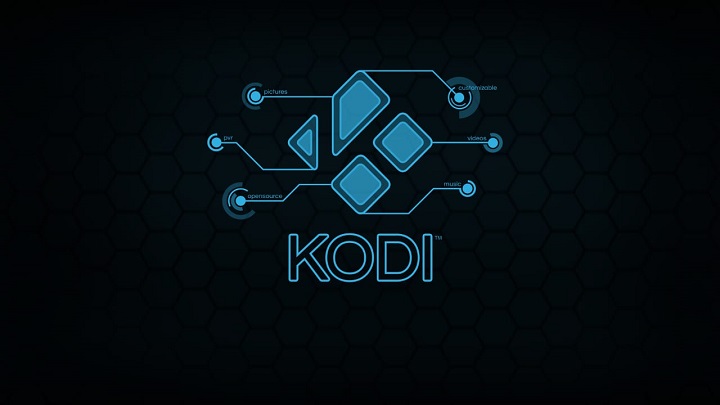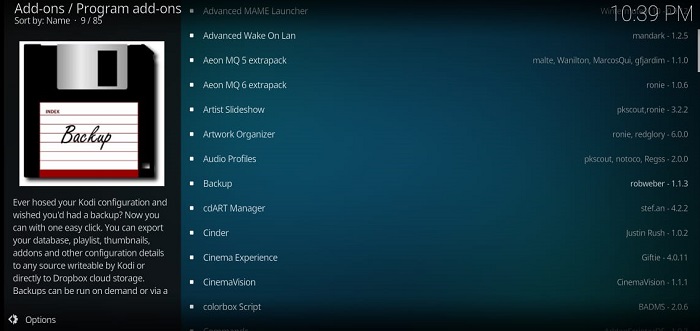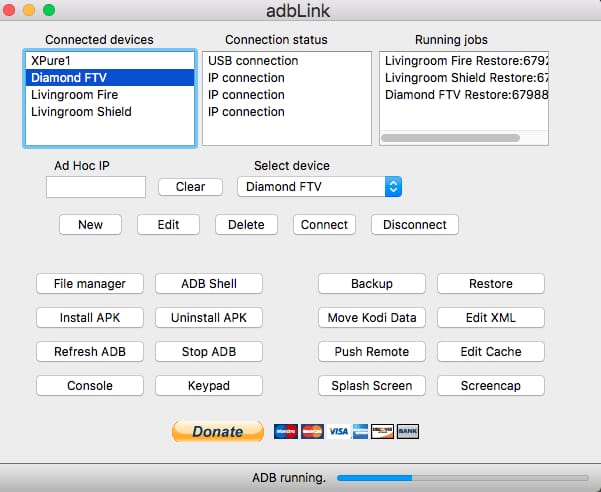Kodi is a prestigious media player that provides a scroll of features using which users can relish on music, podcasts, movies, live TV, radio, games, and much more. The latest Kodi update introduces the much-awaited feature of the Personal Video Recorder (PVR) IPTV Simple client that further enhances the overall experience of the application by providing unparalleled access to live TV and internet radio.
Apart from being open-source software, Kodi also supports all the leading operating systems such as Windows, macOS, Android, iOS, Linux, and much more. The Graphical User Interface (GUI) and the 10-foot user interface account for an invincible combination in the form of Kodi. The media player runs on the theory of plug-ins that allow users to access restricted content.
Using Kodi, an individual can import content from numerous sources including an optical disk, local storage, hard drive, and the internet. Cloud storage has gained popularity over the last decade. A majority of users prefer backing data on reliable cloud storage services such as Google Drive and Microsoft Onedrive. Such services allow users to seamlessly access a variety of files from different devices without having to manually transfer files using a USB-cable.
Kodi offers an array of features that seem to be other-worldly. Following the trend, Kodi also provides a bunch of options using which the essential data can be backed-up. Utilizing this method, an individual can switch between devices without stressing out. In Kodi, the data gets associated with a particular account. Hence, on logging-into the account, Kodi will fetch all the data for the user in an automated manner requiring the bare minimum from the user’s end.
In short, backing-up Kodi is a worthwhile option as it retains the modifications, skins, settings, and add-ons inflicted in the account by the user providing a hassle-free experience.
How to backup Kodi from one device to another
Method 1:
By using a Kodi Add-on: Kodi users are familiar with the propaganda of third-party add-ons that allow them to explore the virtual world to the end of its boundaries. However, Kodi also happens to contain an add-on that can prove to be of great value to the average user.
The Kodi backup add-on allows users to backup data so that the switch between devices becomes a cakewalk. To do so, an individual has to follow the usual procedure. The steps to add the Kodi backup add-on are mentioned below.
- Launch the Kodi application on the desired device. Head to the “Add-ons” section using the menu.
- Once launched, navigate to the bottom of the menu. Click on “Download” to launch the sub-section.
- An array of options get listed. Scroll through the list searching for “Program Add-ons“. Once found, launch the chamber by tapping on it.
- The add-ons get listed in alphabetical order. Proceed to scroll down by a margin. Search for the ” Backup” add-on. Once found, tap on it.
- The information about the add-on gets displayed on the screen. Click on “Install” in the bottom right corner.
- Grant the installation permission to initialize the process. The add-on gets installed on the device within minutes.
- Once installed, head to the “Program add-ons” section through the menu by reverse-engineering the process.
- The backup add-on gets displayed on the screen. To start backing-up data on Kodi, launch the add-on by tapping on it.
- Complete the required formalities to back-up the desired data.
Method 2:
Adblink: An open-source software, Adblink is the bridge between an Android device and the PC. It provides extra functionalities that might prove to be vital for Kodi users. It is compatible with all the leading platforms including Windows, macOS, and Linux.
Using Adblink, an individual can manage multiple devices through one master PC. It allows users to install programs without Android SDK, shift Kodi data to external drivers, install or uninstall applications, manage numerous devices via USB or the IP address, and much more.
Once the Adblink application is installed on the PC, the procedure is smooth sailing. The application can be downloaded from here. The data extracted from Kodi can easily be backed-up or restored using the PC. It also provides a list of notable features that provide great value.
Conclusion:
The one feature that users have longed for ages is now available on Kodi. Backing-up data on Kodi becomes a child play using one of the above-mentioned methods. The first method includes the extensive use of an add-on that exists within the interface of Kodi. On the other hand, the second method does not require any add-on and the back-up can be performed from within the application itself.
I’m Somharsh Patel, your tech enthusiast at AndroidNature.com. With a passion for writing poems and delving into sci-fi worlds, I bring a creative perspective to tech problem-solving. My expertise in software, Android, iOS, and MacOS empowers me to assist users in their digital journeys, ensuring a seamless tech experience












